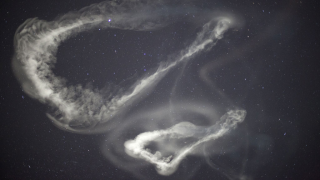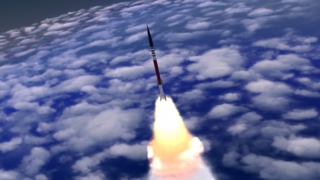NASA Jet Stream Study Lights up Night Sky
In March, NASA will launch five such rockets in approximately five minutes to study these high-altitude winds and their intimate connection to the complicated electrical current patterns that surround Earth. First noticed in the 1960s, the winds in this jet stream shouldn't be confused with the lower jet stream located around 30,000 feet, through which passenger jets fly and which is reported in weather forecasts. This rocket experiment is designed to gain a better understanding of the high-altitude winds and help scientists better model the electromagnetic regions of space that can damage man-made satellites and disrupt communications systems. The experiment will also help explain how the effects of atmospheric disturbances in one part of the globe can be transported to other parts of the globe in a mere day or two.
The five sounding rockets, known as the Anomalous Transport Rocket Experiment (ATREX), will launch from NASA's Wallops Flight Facility in Virginia releasing a chemical tracer into the air. The chemical — a substance called trimethyl aluminum — forms milky, white clouds that allow those on the ground to "see" the winds in space and track them with cameras. In addition, two of the rockets will have instrumented payloads to measure pressure and temperature in the atmosphere.
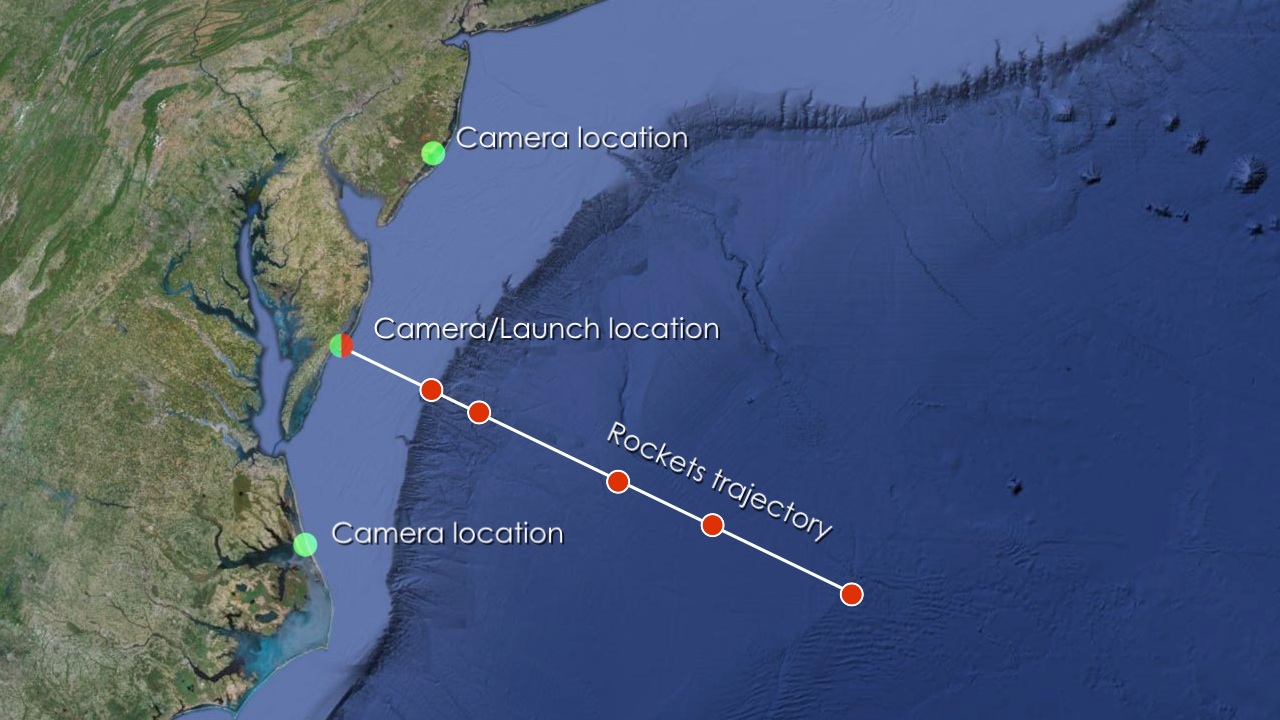
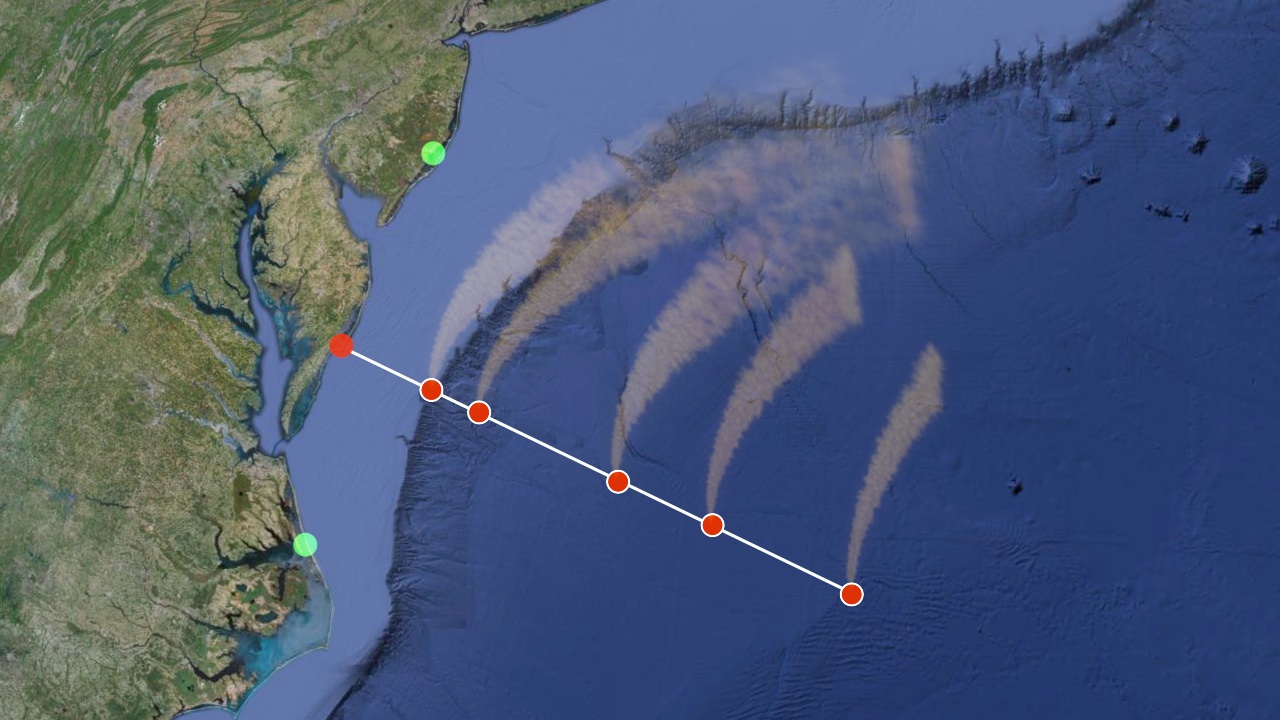

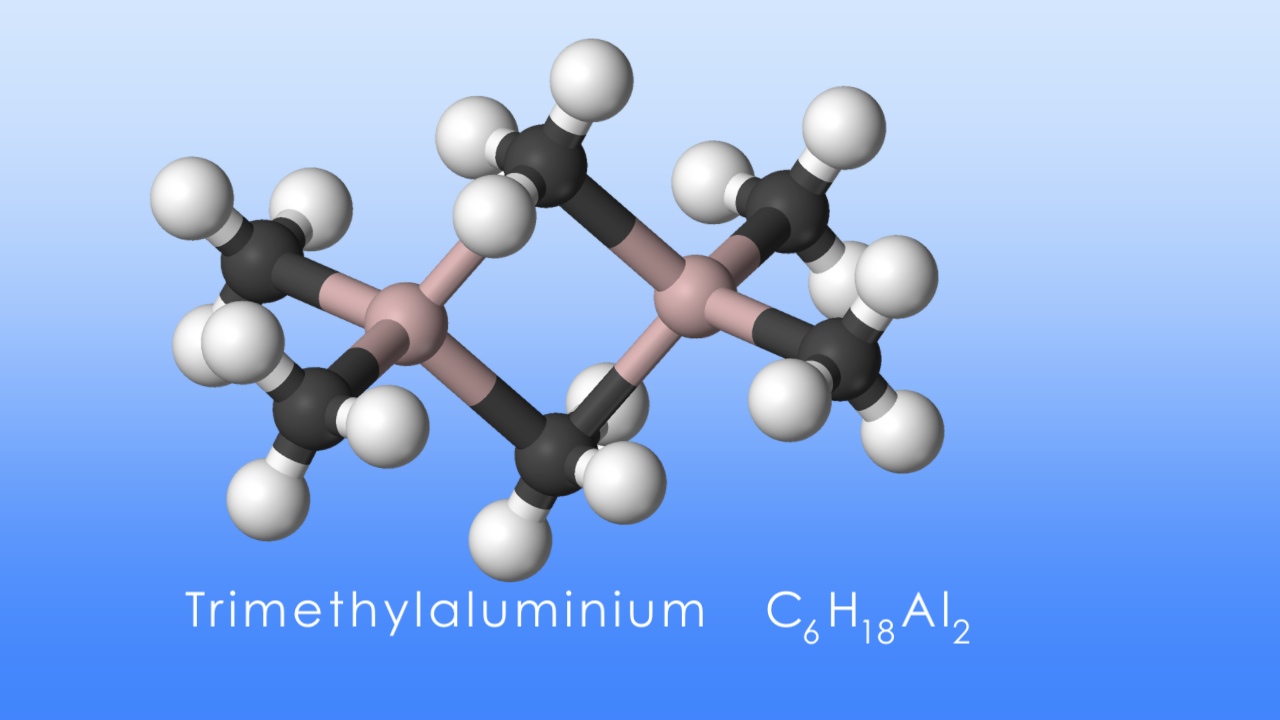
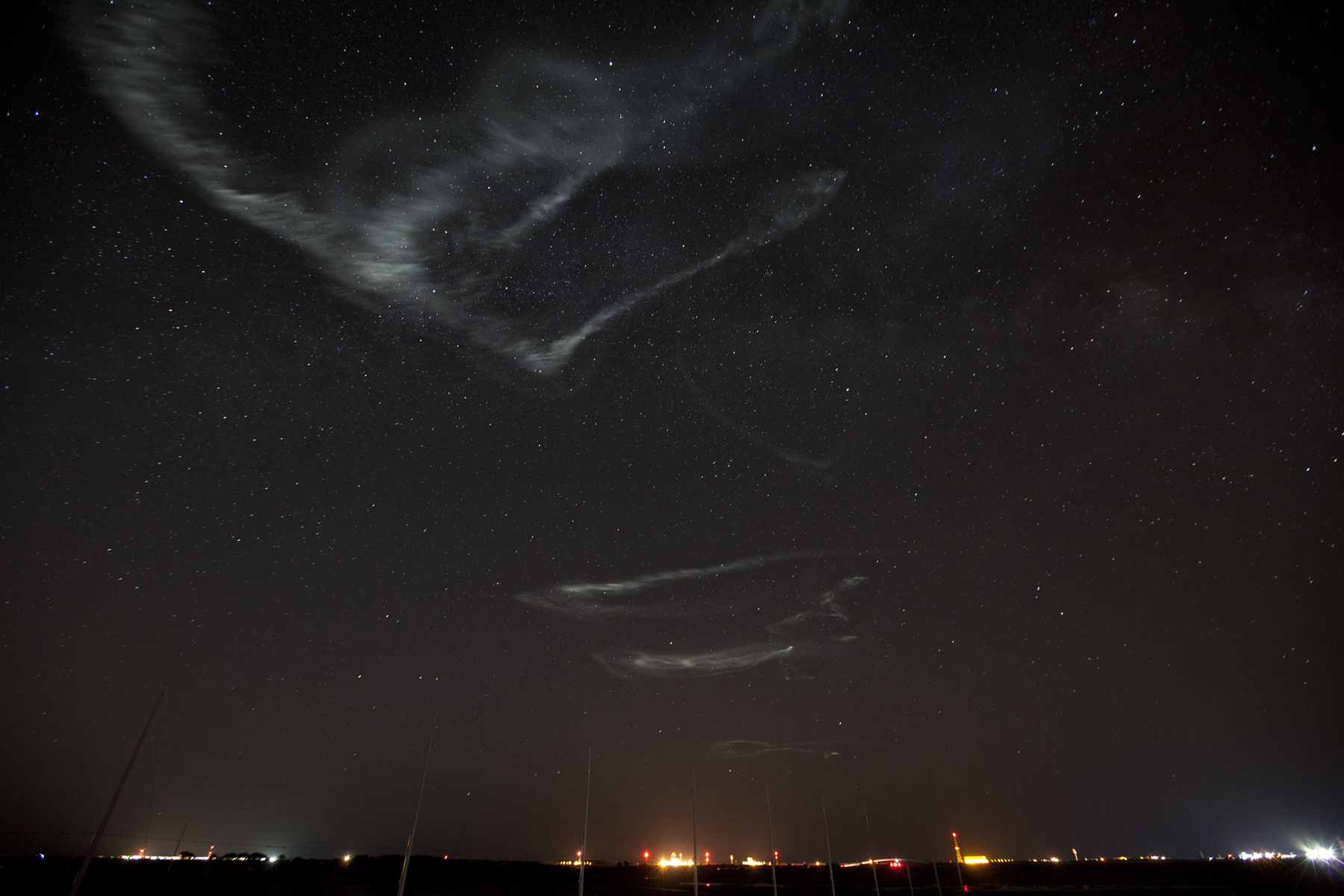
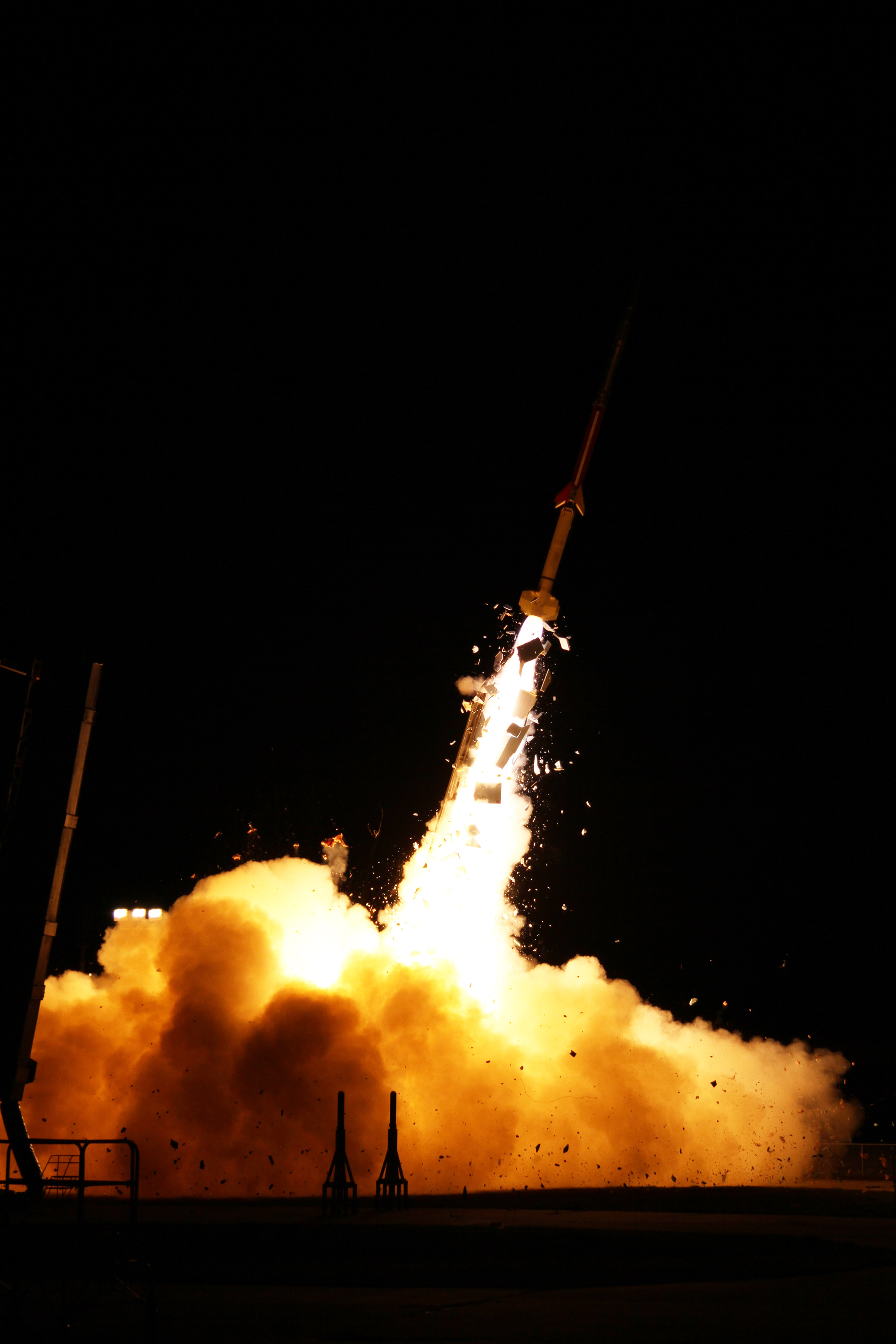
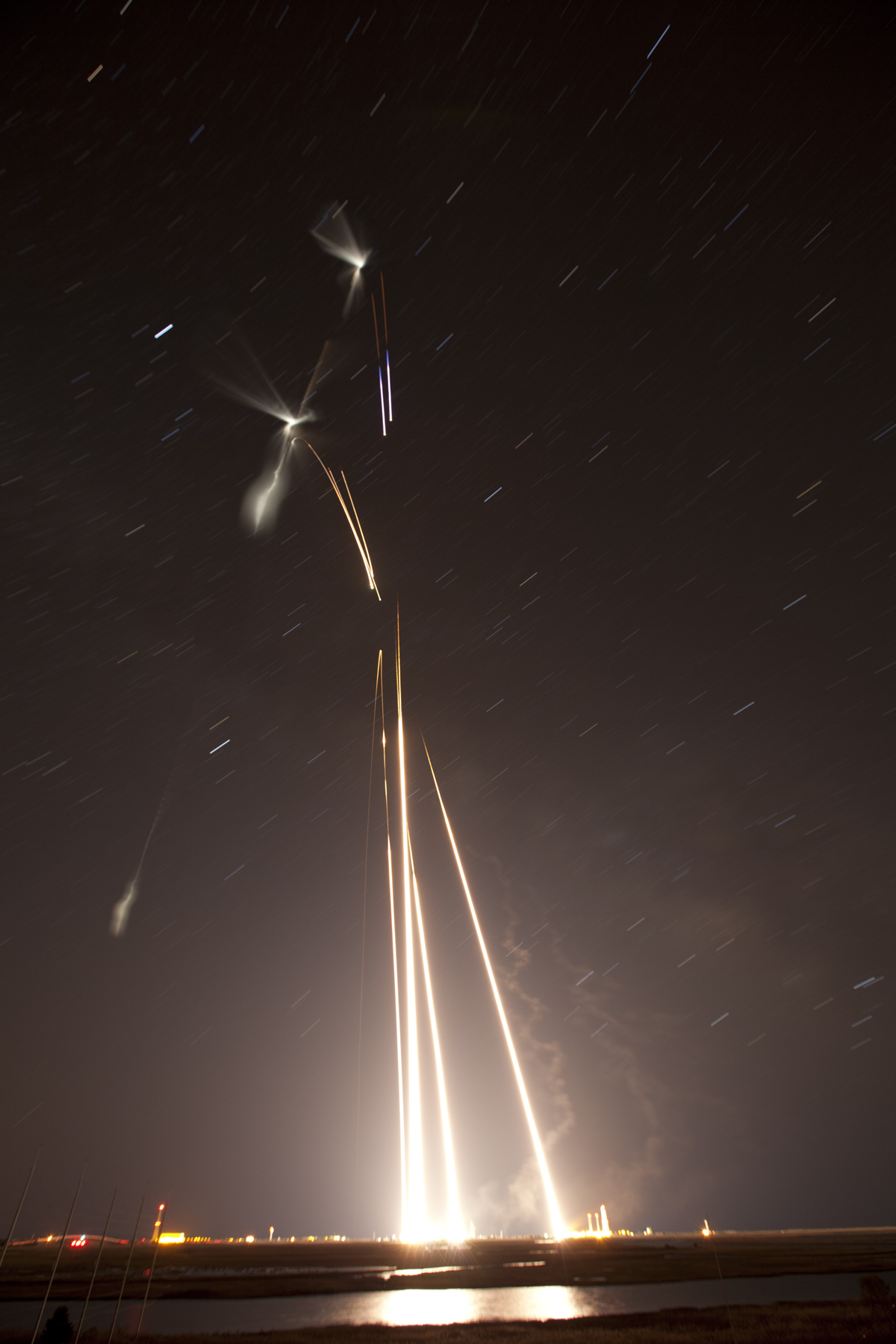
Related
For More Information
Credits
Scott Wiessinger (USRA): Animator
Trent L. Schindler (USRA): Animator
Scott Wiessinger (USRA): Video Editor
Scott Wiessinger (USRA): Narrator
Scott Wiessinger (USRA): Producer
Miguel Larsen (Clemson University): Scientist
Scott Wiessinger (USRA): Writer
Karen Fox (ADNET Systems, Inc.): Writer
NASA/Goddard Space Flight Center
https://svs.gsfc.nasa.gov/10922
This item is part of this series:
Narrated Movies
Goddard TV Tape:
G2012-024 -- ATREX
Keywords:
SVS >> HDTV
SVS >> Music
GCMD >> Earth Science >> Atmosphere
SVS >> Edited Feature
SVS >> Wallops Flight Facility
DLESE >> Narrated
SVS >> Atmosphere >> Winds >> Circulation
SVS >> Rocket
NASA Science >> Earth
GCMD keywords can be found on the Internet with the following citation: Olsen, L.M., G. Major, K. Shein, J. Scialdone, S. Ritz, T. Stevens, M. Morahan, A. Aleman, R. Vogel, S. Leicester, H. Weir, M. Meaux, S. Grebas, C.Solomon, M. Holland, T. Northcutt, R. A. Restrepo, R. Bilodeau, 2013. NASA/Global Change Master Directory (GCMD) Earth Science Keywords. Version 8.0.0.0.0
